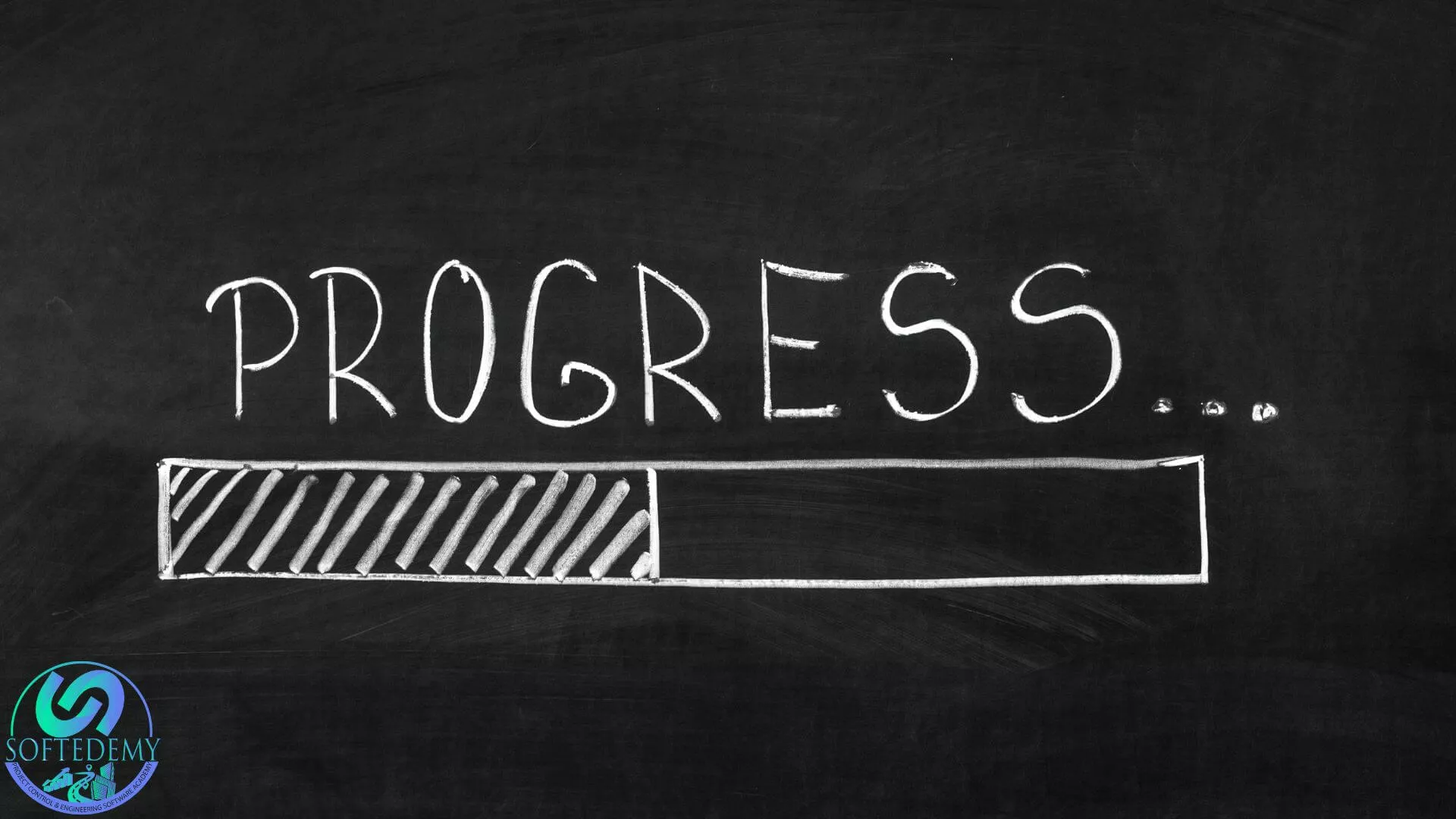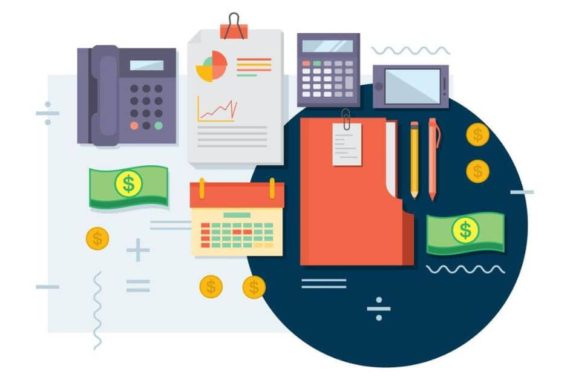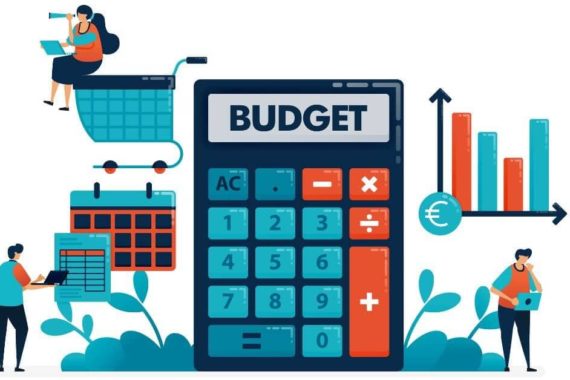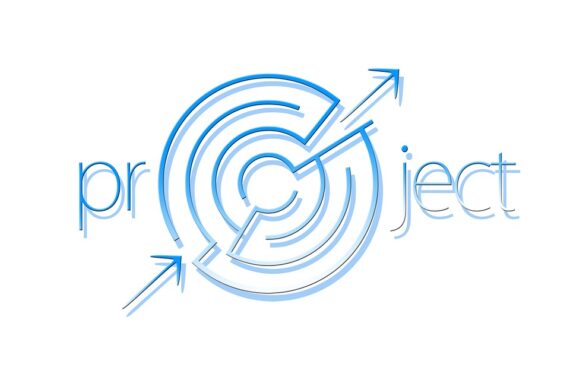In this article, we’ll explore the eight most common methods for measuring progress and discuss their pros and cons. We’ll also delve into how progress measurement can be used to improve project outcomes, including identifying areas of risk and opportunities for improvement.

Why Progress Measurement Matters
Progress measurement is an essential aspect of project management as it helps to track and assess the progress made towards project goals. Without proper progress measurement, it becomes challenging to understand the status of a project or task and make informed decisions. Progress measurement provides a quantifiable way to evaluate project progress, identify potential issues or delays, and take corrective actions to keep the project on track. Additionally, progress measurement also helps to communicate project status to stakeholders, including clients, management, and team members, ensuring everyone is on the same page.
How to Measure Progress in Project Management
Progress measurement is an essential aspect of project management as it helps to assess whether the project is on track or not. It involves assessing and recording the progress made on a task or project in a quantitative or qualitative manner. There are several methods for measuring progress, and each has its benefits and limitations. In this article, we will discuss the four most common methods for measuring progress and when to use them.
Measuring Progress: Understanding the Different Methods
When undertaking a project, it is essential to have a means of measuring progress accurately. Progress measurement is a crucial practice in project management that involves tracking and recording the progress made on a task or project over time. There are multiple ways to calculate progress measurement, and each method has its advantages and disadvantages. In this article, we will take a closer look at the eight most common methods for measuring progress and discuss their suitability in different project scenarios.
a) Manually Measuring Progress
The most basic method of progress measurement involves assessing the work completed and entering a percentage based on that assessment manually. This method is simple and does not require any specialized tools. However, it can be subjective and open to interpretation. Additionally, the progress calculated may not be accurate and may lead to errors.
b) Cost-based Progress Measurement
Cost-based progress measurement is a method that uses the actual costs spent to date divided by the forecasted total spend to arrive at a percentage. This method is useful for projects where the budget is a critical factor. It provides an accurate picture of the project’s financial progress, but it can be challenging to calculate if the project has many variables.
c) Deliverable-based Progress Measurement
Dividing the number of completed and/or client-accepted deliverables by the total number of planned deliverables is the method used in deliverable-based progress measurement. This method is ideal for projects that have a defined set of deliverables. It provides a clear picture of progress in terms of deliverables, but it can be challenging to use if the deliverables are not well-defined.
d) Milestone-based Progress Measurement
Milestone-based progress measurement involves assigning percentage complete assumptions to each project, phase, or task milestone. This method is useful for projects where the milestones are well-defined and quantifiable. It provides a clear picture of progress and can be used to motivate the team to achieve the milestones, but it can be challenging to calculate if the milestones are not well-defined.
e) Hours-based Progress Measurement
Dividing the actual hours completed to date by the total expected or planned hours is the method used in hours-based progress measurement. This method is ideal for projects where the time spent is critical. It provides an accurate picture of the project’s progress in terms of time spent, but it can be challenging to use if the project has many variables.
f) Commitment-based Progress Measurement
The commitment-based method calculates percentage progress based on costs committed. It is useful for projects where the committed costs are critical factors. This method provides a clear picture of progress in terms of costs committed, but it can be challenging to calculate if the project has many variables.
g) Quantities-based Progress Measurement
Progress can be measured based on units or volume of materials used or delivered divided by the total project units or volume contracted in quantities-based progress measurement. This method is useful for projects where the materials used or delivered are critical factors. It provides an accurate picture of progress in terms of materials used or delivered, but it can be challenging to use if the project has many variables.
h) Composite Calculation Progress Measurement
Using a tool like a cost management module, the composite calculation method assigns different calculation methods to each control account. This method is useful for complex projects that require multiple progress measurement methods. It provides a clear picture of progress in terms of different parameters, but it can be challenging to calculate if the project has many variables.
Conclusion
In conclusion, there are many different methods for measuring progress in a project, and each method has its advantages and disadvantages. The choice of method will depend on the type of work, the progress measurement tools available, business or client preferences, and other factors. Project organizations and their teams must choose the appropriate method for measuring progress to ensure that the project stays on track and meets its objectives.
Choosing the Right Progress Measurement Method for Your Project
Choosing the right progress measurement method is critical for ensuring that your project stays on track. There are many different methods available, and each has its advantages and disadvantages. Some methods may be more suitable for certain types of projects or tasks, while others may be better suited to different situations. To choose the right method, project managers need to consider factors such as the nature of the work, the tools available, and the preferences of the business or client.
Setting Benchmarks and Targets for Progress Measurement
Setting benchmarks and targets is an important part of progress measurement. By setting clear benchmarks and targets, project managers can establish clear goals for the project and track progress against those goals. This can help to keep the project on track and ensure that it is completed on time and within budget. When setting benchmarks and targets, project managers need to consider factors such as the complexity of the project, the resources available, and the preferences of the business or client. They also need to ensure that the benchmarks and targets are realistic and achievable given the constraints of the project.
Key Performance Indicators for Progress Measurement
Key Performance Indicators (KPIs) are essential tools for measuring the success of any project. KPIs are metrics that are used to evaluate progress and measure the effectiveness of a project. In progress measurement, KPIs are critical to understanding how well a project is progressing. KPIs are measurable values that can indicate how effectively a project is achieving its goals and objectives. Some examples of KPIs for progress measurement include the percentage of the project completed, the time taken to complete a specific task, and the cost of the project compared to its budget. These KPIs can be used to track progress, identify areas for improvement, and make informed decisions about the project.
The Benefits of Early Progress Measurement
Early progress measurement can provide a range of benefits for project organizations. By measuring progress early in a project, teams can identify potential issues before they become major problems. This can help to reduce the risk of delays and cost overruns. Early progress measurement can also help to ensure that a project is on track to meet its goals and objectives. Additionally, early progress measurement can provide project teams with the information they need to make informed decisions about the project. By having access to real-time progress data, project teams can adjust their plans and strategies to ensure that the project stays on course.
The Risks of Poor Progress Measurement
Poor progress measurement can have serious consequences for a project. Without accurate progress data, project teams may not have the information they need to make informed decisions. This can lead to delays, cost overruns, and other issues. Poor progress measurement can also make it difficult to track the effectiveness of a project. This can make it challenging to identify areas for improvement or to measure the success of the project. Additionally, poor progress measurement can impact stakeholder confidence in the project. If stakeholders are not confident that the project is progressing as planned, they may be less likely to support the project.
Aligning Progress Measurement with Project Goals and Objectives
To be effective, progress measurement must be aligned with a project’s goals and objectives. This means that progress measurement must be focused on measuring the things that matter most to the success of the project. When progress measurement is aligned with project goals and objectives, it can provide project teams with the information they need to make informed decisions about the project. This can help to ensure that the project stays on track to meet its goals and objectives. Additionally, aligning progress measurement with project goals and objectives can help to ensure that stakeholders have confidence in the project. By measuring progress against agreed-upon goals and objectives, stakeholders can see that the project is making progress towards its intended outcomes.
Communicating Progress Measurement to Stakeholders:
Effective communication is critical in any project, and progress measurement is no exception. Stakeholders need to be kept up-to-date on the project’s progress, and progress measurement is an essential tool for doing so. Clear and concise communication of progress can help to build trust between the project team and stakeholders, while also providing valuable insights into the project’s performance. By using visual aids such as charts and graphs to present progress data, stakeholders can quickly grasp the project’s status and any issues that may arise. Project managers should ensure that stakeholders receive regular updates on progress measurement, as this can help to mitigate any misunderstandings or confusion.
Using Progress Measurement to Identify and Address Risks:
Risk management is a crucial aspect of project management, and progress measurement can play a vital role in identifying and addressing risks. By monitoring progress, project managers can quickly identify any areas of the project that are falling behind schedule or over budget. This information can then be used to develop risk mitigation strategies that can help to keep the project on track. For example, if progress measurement reveals that a particular task is taking longer than expected, the project manager may decide to allocate additional resources to that task to speed it up. By using progress measurement to identify and address risks, project managers can help to prevent potential issues from becoming major problems.
How Progress Measurement Can Improve Project Outcomes:
Progress measurement can play a significant role in improving project outcomes. By regularly measuring progress and comparing it against the project plan, project managers can quickly identify any issues that may arise. This allows them to take corrective action to ensure that the project stays on track. By keeping the project on schedule and within budget, project managers can help to ensure that the project meets its objectives. Additionally, progress measurement can help to identify areas where the project is performing well. By focusing on these areas, project managers can build upon the project’s successes, which can help to improve overall outcomes.
Best Practices for Effective Progress Measurement
Measuring progress accurately is critical to the success of any project or task. Whether you are working on a construction project, software development, or any other type of project, it is essential to track progress effectively. Here are some best practices for effective progress measurement:
Set clear objectives:
Before starting any project or task, you must define clear objectives and key performance indicators (KPIs). This will provide you with a benchmark to measure progress against.
Define milestones:
Divide your project into smaller, manageable milestones. Each milestone should have a clearly defined goal and timeline.
Select the appropriate measurement method:
As mentioned earlier, there are several methods for measuring progress. Choose the one that best fits your project and provides the most accurate results.
Monitor progress regularly:
Regular monitoring of progress is necessary to ensure that the project stays on track. It will also help you identify any potential issues that may arise and take corrective actions.
Involve stakeholders:
Involve stakeholders, including clients, team members, and management, in progress monitoring. This will help keep everyone informed and motivated towards achieving the project’s goals.
Use technology:
Leveraging technology and progress measurement tools can help automate progress measurement processes and reduce human error.
Keep records:
Maintain accurate records of progress measurements to track project progress over time. This will also help you make data-driven decisions.
Analyze data: Analyze progress data regularly to identify trends, patterns, and areas for improvement. Use this information to adjust your project plans and improve project outcomes.
Conclusion
In conclusion, progress measurement is a critical aspect of project management. It enables project teams to assess and record progress made on a task or project using a variety of methods. While there are different means of calculating progress, the eight most common methods are manually, cost-based, deliverable-based, milestone-based, hours-based, commitment-based, quantities-based, and composite calculation. The use of progress measurement tools and techniques provides project organizations and their teams with a quantifiable number or percentage that can be used to track progress and make informed decisions. Ultimately, progress measurement is an essential part of effective project management and can contribute significantly to the success of a project.












